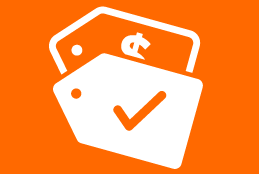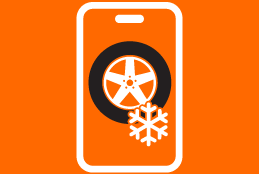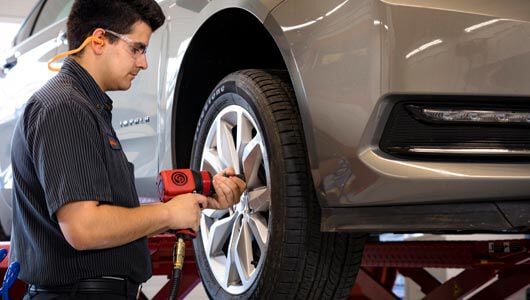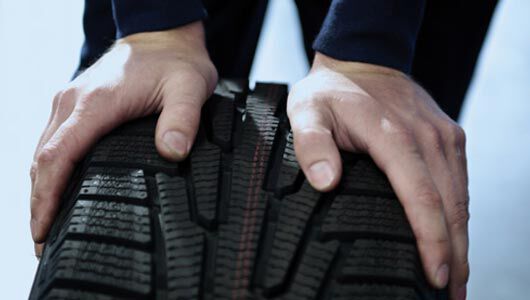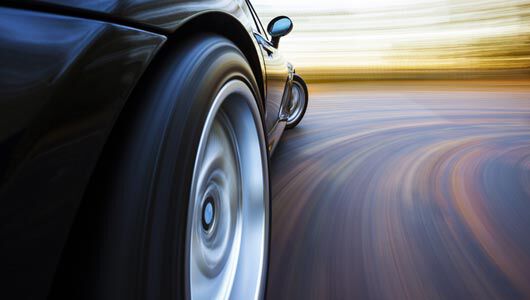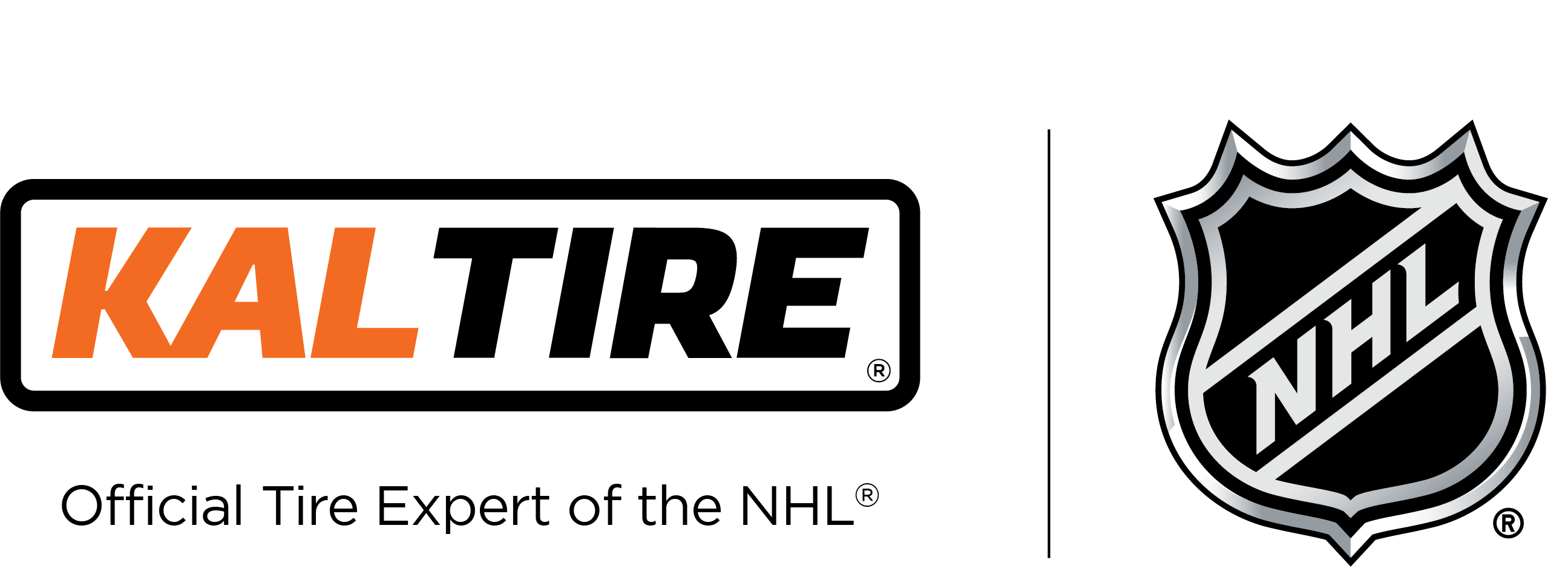What causes uneven tire wear?
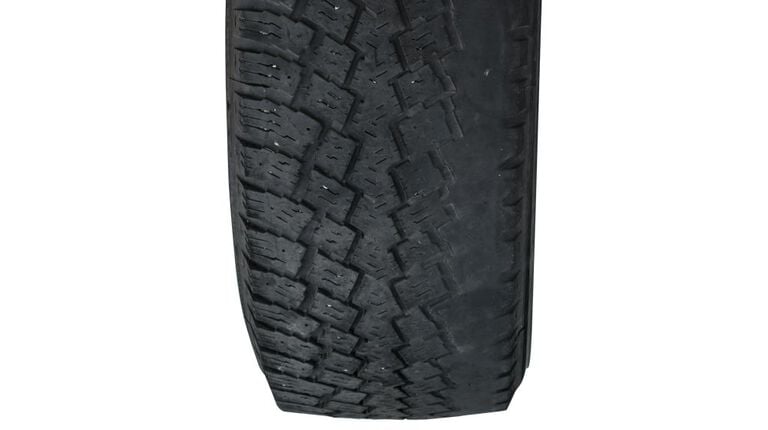
Uneven tire wear compromises the life and performance of your tires, the handling of your vehicle, and your safety—and for each type of uneven tire wear there could be multiple causes, from improper inflation and misalignment to parts problems. That’s why it’s so important to spot signs of uneven tire wear early, and have an expert help you diagnose and take corrective action.
Take a look at each type of uneven tire wear to find out possible causes, risks and solutions.
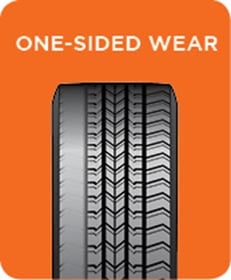
The Cause:
- Misalignment - One-sided wear results when the top of the tire leans away from or toward the vehicle. This is your camber, and your wheels aren’t parallel. When the toe of your tires point toward the centre or the shoulder, there’s a problem with the toe and your vehicle isn’t set straight.
- Mechanical parts - Bent, damaged or worn out front-end parts such as tie rods and ball joints can also cause uneven outside wear.
The Risks:
- Reduces steering response
- Decreases tire life
The Solution:
Get a wheel alignment from the tire experts at Kal Tire. They’ll determine what’s wrong with your suspension system and use computerized alignments to ensure your wheels are parallel and your vehicle is set straight.
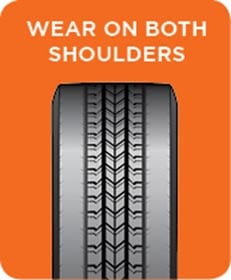
The Cause:
Underinflation wears your tires on both outside shoulders because the edges are making excessive contact with the road.
The Risks:
- Reduces tire life by 15 per cent or more
- Decreases fuel economy by as much as 15 per cent because underinflated tires make your engine work harder
The Solution:
- Inflate your tires to the right tire pressure according to your manufacturer’s recommendations. Read our article How to Check Tire Pressure: A 5-Step Guide to find out how to inflate your tires.
- Use a tire air pressure gauge and check your pressure regularly, if possible in the morning when your tires are cold.
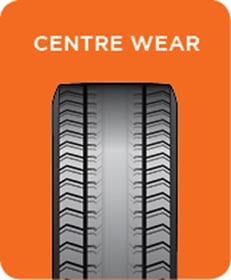
The Cause:
Overinflation - The culprit behind rapid and uneven centre wear. Too much air causes the middle to bulge and make more road contact.
The Risks:
- Speeds tire wear
- Compromises braking and traction
- Increases risk of blowouts because bald strips can’t dissipate heat
The Solution:
Deflate your tires to the recommended PSI specified in your owner’s manual or the sticker in your door jamb. The ‘max. press’ number on a tire sidewall is the maximum, not the optimum everyday driving. Learn more in our article All About Tire Pressure.
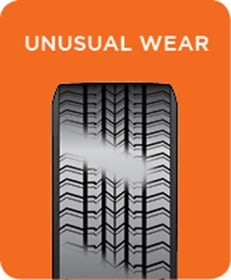
The Cause:
- Mechanical parts problems can cause cupping, spotting, feathering or scalloped wear because the tire isn’t tracking straight.
- A range of issues could be at work: loose wheel bearings, worn suspension components, imbalanced or improperly mounted wheels, or aggressive braking.
The Risks:
- Reduces tire life
- Compromises braking and traction
- Leads to unsafe driving
The Solution:
Visit an auto service centre such as Kal Tire so you can get a diagnosis from the experts as well as the mechanical repairs your vehicle needs to get your tires tracking straight and hitting the road uniformly.
